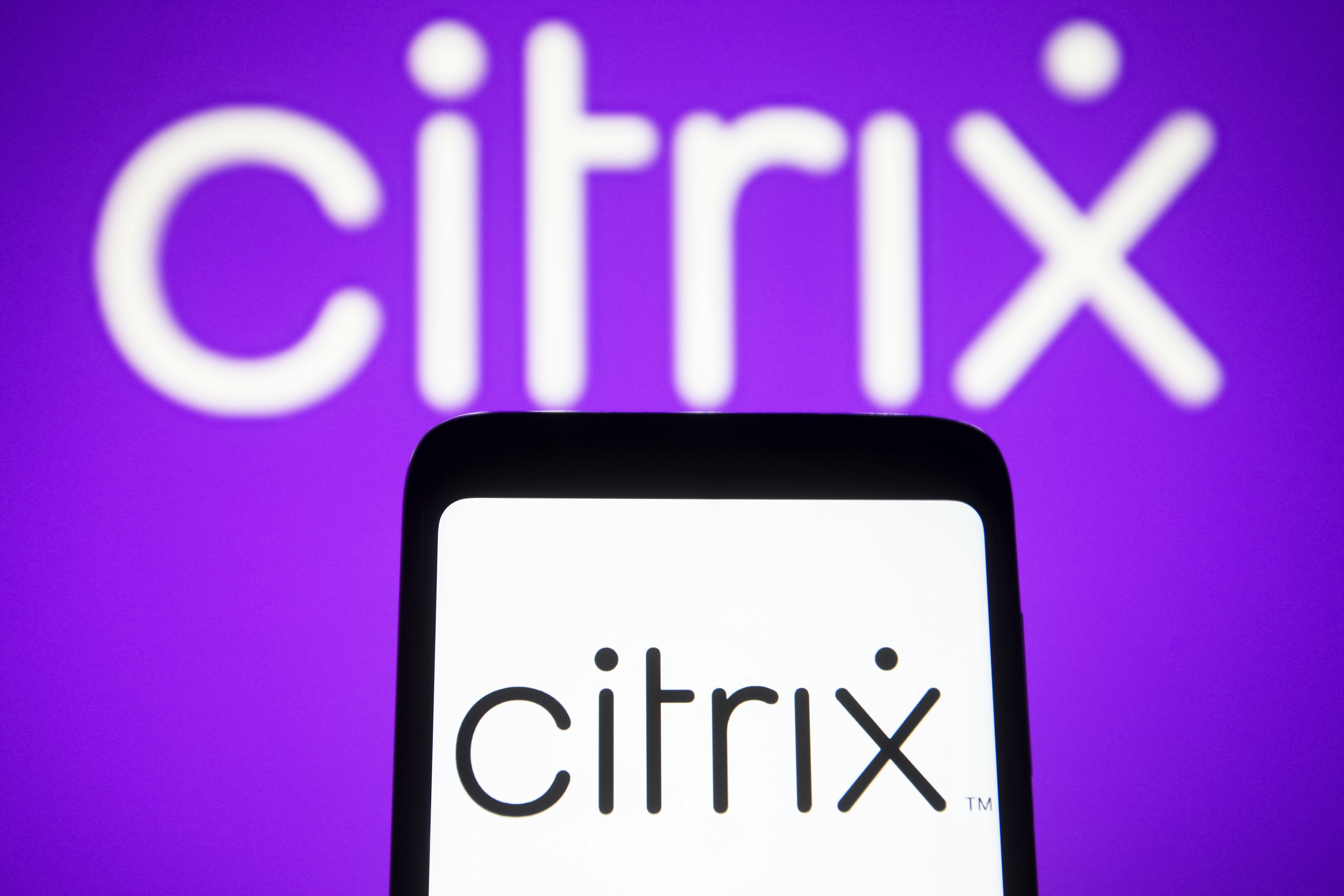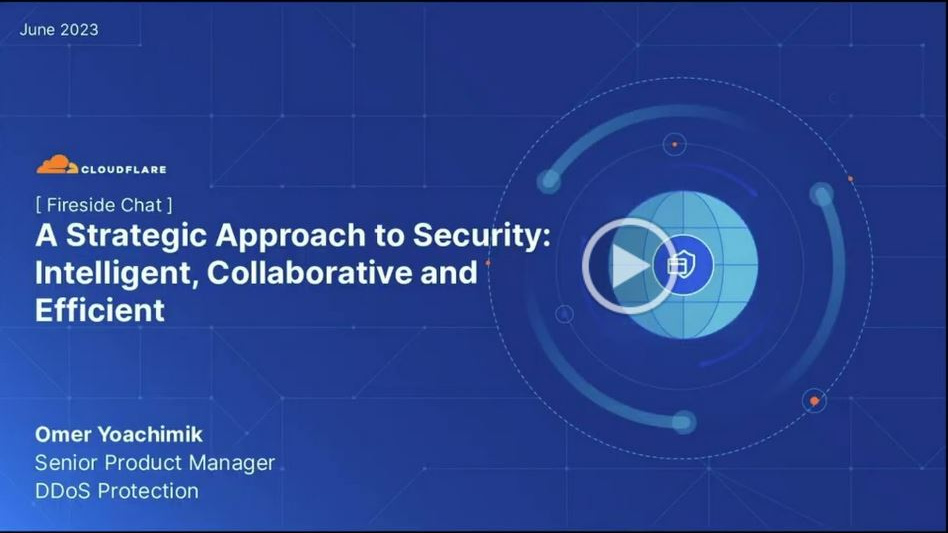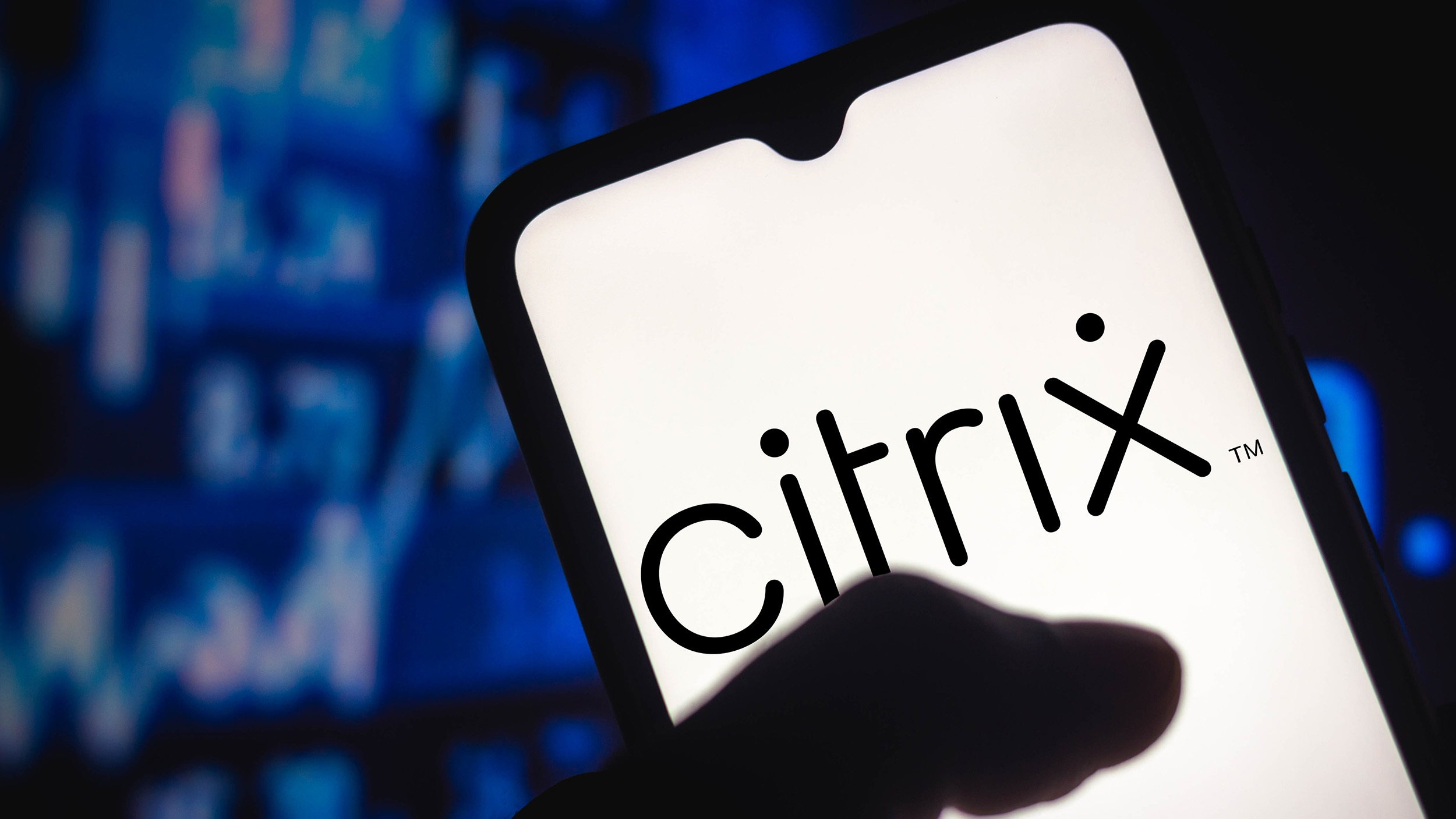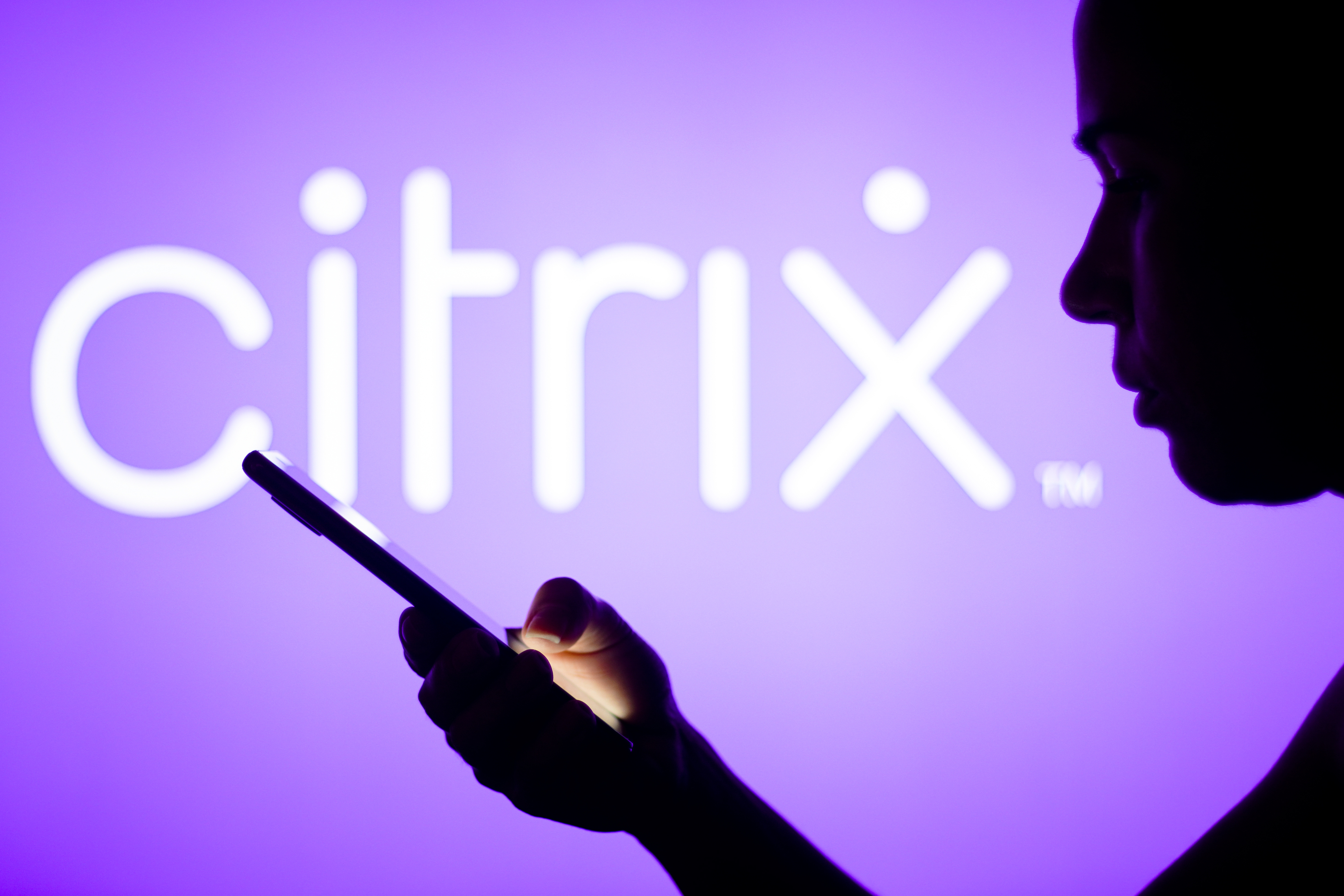Thin clients aren’t the future – BYOD should be
Thin clients are really for special use cases, but BYOD is ripe for widescale deployment. Here's why...


When Google launched its first Chromebooks earlier this year, it received a mixed reaction.
Some saw the devices signalling the future of computer usage in both the consumer and business spheres. Others criticised Google's thin client machine for lacking any native power or storage functions something businesses undoubtedly still desire.
Using thin clients has its positives. Yet if companies want to cut desktop costs, there is another way to do so and empower staff at the same time. How? Have employees use their own machines.
For most businesses, bring your own device makes perfect sense with the right sort of technologies.
The bring your own device' model, or BYOD, should be the future of client computing in the enterprise, merging the business and consumer sides of people's computing. Add desktop virtualisation to the mix and it's a genuinely attractive proposition for IT. And for almost all involved in the market, it makes sense.
Why thin clients aren't the future
But let's start with why thin clients won't kill off PC use in businesses. Dumb terminals are designed to be managed and run over the cloud, be it public or private. The end goal is to provide the user with the ability to work wherever they are, whilst maintaining control over systems for security and management reasons.
Get the ITPro daily newsletter
Sign up today and you will receive a free copy of our Future Focus 2025 report - the leading guidance on AI, cybersecurity and other IT challenges as per 700+ senior executives
But how many workers will be permanently connected to the web? Very few. To truly enable mobile working, offline capabilities are required. With thin clients that's simply not possible and when connectivity goes down, or if login details are compromised or are forgotten, they live up to their name: dumb.
Instead, thin clients only really show their worth in special use cases. For instance, directories company Yell has deployed thin clients in a number of its office buildings simply because some their premises could not cater for 2,000 workers, each with a PC.
"The air conditioning and design meant they had to go thin client," explained Roy Illsley, principle analyst at Ovum. "In certain situations the thin client, where you've got a dense population, call centre-type situation, will be there. But really bring your own device is on the up."
Even Citrix, which has gained much from the rise of thin clients, doesn't see thin clients as the way forward for businesses. The company is really going after certain verticals with its thin client plays, like this week's announcement of HDX on-a-chip.
"We don't see [thin client] as the future," Mark Templeton, Citrix CEO, told IT Pro during the Synergy 2011 event in Barcelona this week.
"We see the future as basically being device ubiquity and infrastructure that is not tied to it, unless there's a reason for it to be Even though we like to push certain types of devices because they give customer solutions, it's not because we believe in one over another."
Why BYOD makes sense
Like some savvy gambler, Citrix is betting on BYOD. Martin Duursma, vice president of Citrix Labs and chair of the company's CTO Office, believes within five to 10 years, BYOD will be run by 70-80 per cent of organisations.
Uptake of BYOD with desktop virtualisation, which has been fairly minimal so far, is going to soar. That's according to vendors and analysts alike, so you might want to do a Citrix' and put some money on the market too.
"It's the way IT is going," Duursma said. "For most businesses, bring your own device makes perfect sense with the right sort of technologies."
For IT, BYOD brings high levels of control over what workers are doing. Using desktop virtualisation, it solves the security issues around consumerisation by centralising management and splitting devices into two: one half for business, the other for personal use.
Tom Brewster is currently an associate editor at Forbes and an award-winning journalist who covers cyber security, surveillance, and privacy. Starting his career at ITPro as a staff writer and working up to a senior staff writer role, Tom has been covering the tech industry for more than ten years and is considered one of the leading journalists in his specialism.
He is a proud alum of the University of Sheffield where he secured an undergraduate degree in English Literature before undertaking a certification from General Assembly in web development.
-
 Bigger salaries, more burnout: Is the CISO role in crisis?
Bigger salaries, more burnout: Is the CISO role in crisis?In-depth CISOs are more stressed than ever before – but why is this and what can be done?
By Kate O'Flaherty Published
-
 Cheap cyber crime kits can be bought on the dark web for less than $25
Cheap cyber crime kits can be bought on the dark web for less than $25News Research from NordVPN shows phishing kits are now widely available on the dark web and via messaging apps like Telegram, and are often selling for less than $25.
By Emma Woollacott Published
-
 A journey to cyber resilience
A journey to cyber resiliencewhitepaper DORA: Ushering in a new era of cyber security
By ITPro Published
-
 A new framework for third-party risk in the European Union
A new framework for third-party risk in the European Unionwhitepaper Report: DORA and cyber risk
By ITPro Published
-
 Citrix Bleed an “early Christmas present” for hackers as flaw claims latest victim
Citrix Bleed an “early Christmas present” for hackers as flaw claims latest victimNews Xfinity is the latest firm to fall victim to the Citrix Bleed vulnerability
By George Fitzmaurice Published
-
 Citrix Bleed remains out of control with thousands of appliances still vulnerable
Citrix Bleed remains out of control with thousands of appliances still vulnerableNews Thousands of organizations at risk of Citrix Bleed have still not patched, analysis suggests
By Ross Kelly Published
-
 What is Citrix Bleed and should you be worried?
What is Citrix Bleed and should you be worried?News A critical buffer over-read can expose sensitive information in affected devices
By Rory Bathgate Published
-
 A strategic approach to security: Intelligent, collaborative, and efficient
A strategic approach to security: Intelligent, collaborative, and efficientwhitepaper How your security fabric can address the challenges of new tech investment
By ITPro Published
-
 Patch-resistant autonomous exploits of Citrix NetScaler hardware hit thousands in Europe
Patch-resistant autonomous exploits of Citrix NetScaler hardware hit thousands in EuropeNews More than 1,800 Citrix NetScaler devices still contained backdoors at the time of publication
By Rory Bathgate Published
-
 Citrix discloses critical NetScaler Gateway vulnerability
Citrix discloses critical NetScaler Gateway vulnerabilityNews Users of affected products have been urged to implement patches immediately to mitigate risk
By Ross Kelly Published